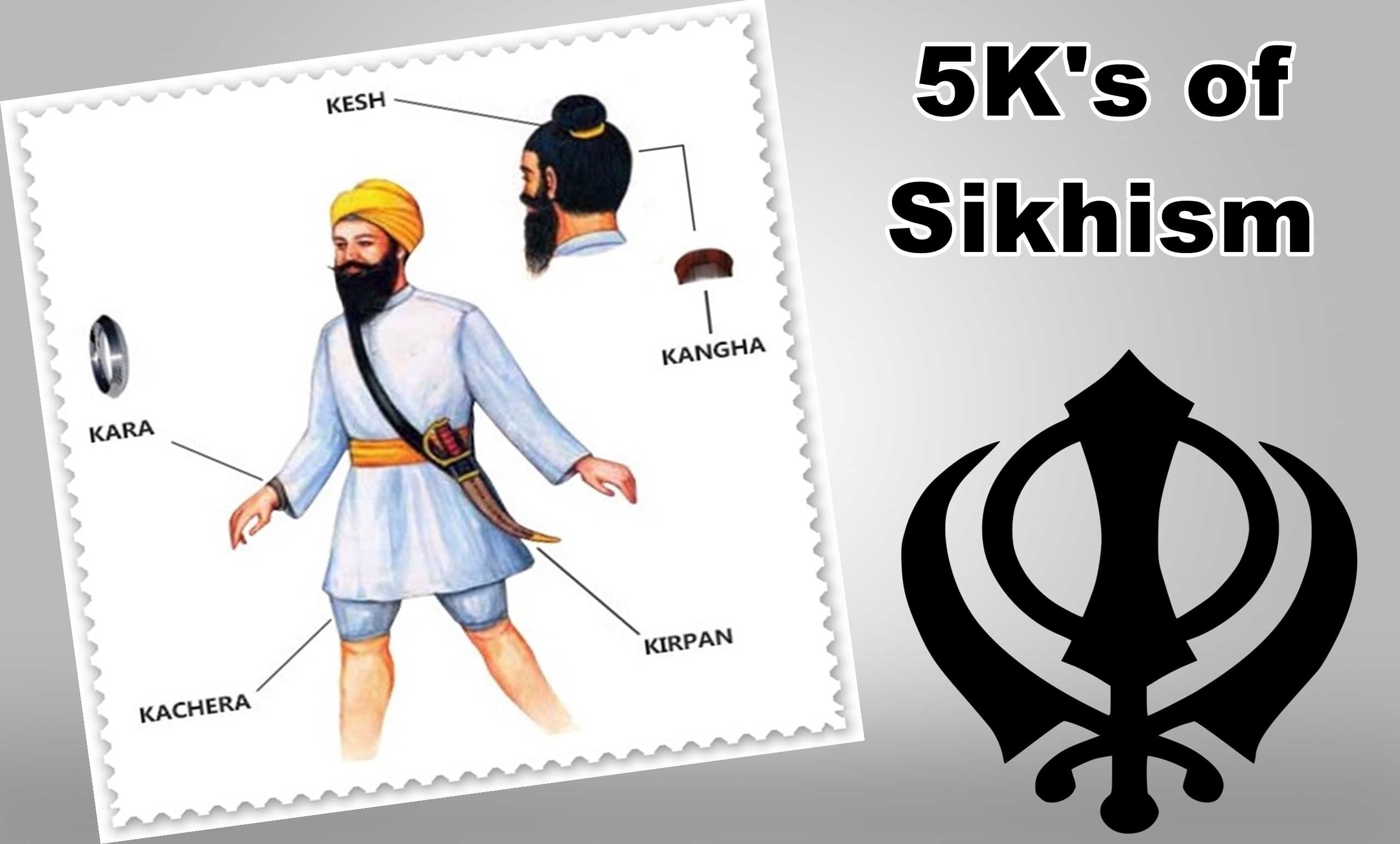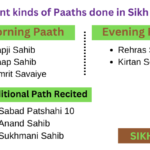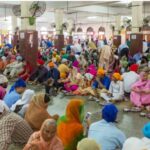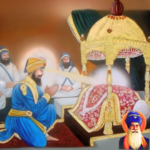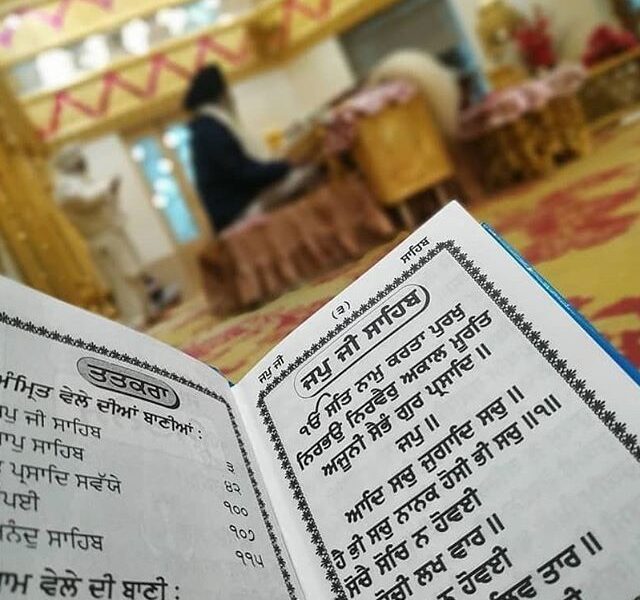The 5 Ks taken jointly express that the Sikh who wears them has devoted themselves to a life of submission and devotion to the Guru.
The 5 Ks are 5 physical symbols worn out by Sikhs who have been starting into the Khalsa.
The five Ks are:
- Kesh (uncut hair)
- Kara (a steel bracelet)
- Kanga (a wooden comb)
- Kaccha – also spelt cotton underwear( Kachera)
- Kirpan (steel sword)
Kesh – (uncut hair)
Various symbols and reasons have been put forward for the Sikh practice of keeping hair uncut.
- Throughout history kesh (hair) has been considered as a wise symbol for both strength and holiness.
- One’s hair is a chunk of Almighty creation. Keeping hair uncut signifies that one is keen to accept Almighty gift as Lord intended it.
- Uncut hair indicated adoption of a plain lifestyle, and pride denial in one’s appearance.
- Not cutting one’s hair indicated one’s desire to move far off concerns of the body and acquire spiritual maturity.
- A Sikh must only bow his head to Guru, and not to a hairstylist.
- It is an extremely visible sign of membership in the group.
- It comes after the arrival of Guru Gobind Singh, founder of Khalsa.
Sikh men are just as banned to trim their beards and Sikh women are banned to cut out anybody’s hair or even trim up their eyebrows.
Kara – a steel bracelet
- A symbol of gentility and restraint.
- A sign that a Sikh is connected to the Guru.
- It acts as a remembrance that a Sikh must not do anything of which the Guru would not accept.
- A sign of Almighty having no end and beginning.
- A sign of great bonding to society-being a connection in the chain of Khalsa Sikhs.
- The Kara is a construct of steel, rather than silver or gold, as it is not an ornament.
Kanga – a wooden comb
This represents a clean body and mind; since it keeps the uncut hair tidy.
It represents the importance of looking after the body which Almighty has developed. This does not dispute with the Sikh’s goal to move beyond body concerns; as it is one’s vehicle for insight one must care for it properly.
Kachha – special underwear
This is a pair of trousers that should not come below the knee. It was an especially useful garment for Sikh warriors of the 19th and 18th centuries, being very satisfactory for fighting when mounting on a horse.
It’s a sign of chastity.
Kirpan – a ceremonial sword
There is no fixed style of Kirpan and it could be anything from some inches to three feet long. It is kept in a case and can be well worn over or under clothing.
The Kirpan do symbolise:
- Spirituality
- The soldier chunk of the Soldier-Saints
- Defence of the good
- Defence of weak
- The struggle against unfairness
- A metaphor for Almighty
For a Sikh, the reality that the Guru has commanded the Sikhs to wear the 5 Ks is a sufficient reason, and no more is required to be said.
The symbols have become very much more powerful with each pass-on year of Sikhs’ history.
Each Sikh reminds of that every Sikh martyr, warrior, and saint, since 1699, and each living part of the Khalsa is joined with them in having embraced the same 5 Ks.
Why do Sikhs faith in the 5ks? What do the 5ks Symbolise?
The 5 Ks are assembled to signify that the Sikh who wears them has devotional life.
What do you mean by the Sikh identity?
The Sikh identity
In the Sikh culture or to say tradition, a truly religious human fertilizes the spiritual self while do serve the communities around them – or a saint-soldier. The saint-soldier ideal applies to men and women alike.
What religion has the 5ks?
The 5 Ks date from the generating of Khalsa Panth by Guru Gobind Singh in 1699.
The Guru set up them for certain reasons:
- Adopt these common symbols would signify Khalsa members
- Because all Khalsa members wear the 5 Ks the community members are much more strongly bound together
- Every K has a great significance
